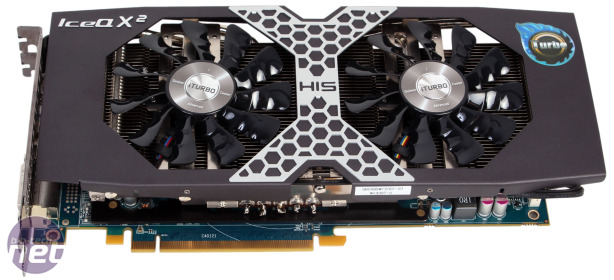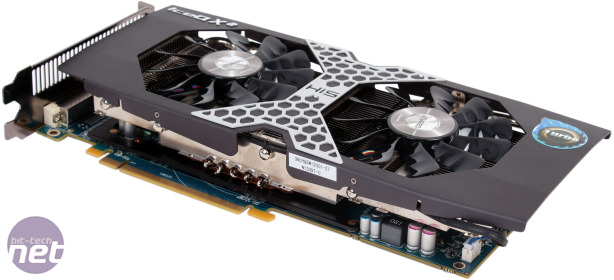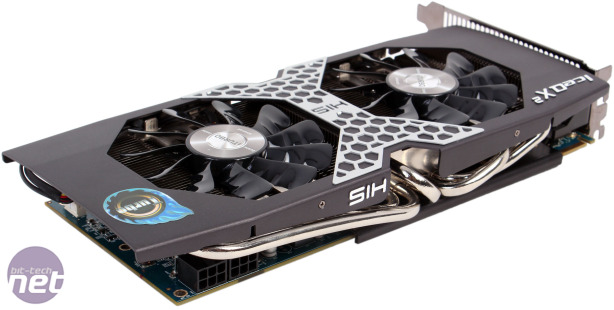
Performance Analysis
Despite an 8 percent overclock, the HIS card sees no real improvement over the vanilla R9 270X in Battlefield 4 at 1080p, as its minimum framerate remains at 36fps. This still leaves it in good standings against the more expensive GTX 760, which it just manages to beat, but AMD cards do currently have an advantage here. The minimum framerate does increase by 2fps at 2,560 x 1,600, although the card is still unable to keep things playable in this demanding test.In BioShock Infinite, the HIS card achieves framerates in the region of 4 percent higher than the R9 270X at both resolutions. This certainly isn't much, and indeed while it closes the gap, the GTX 760 remains more competent in both tests. That said, the GTX 760 is more expensive, so the HIS R9 270X still looks pretty tasty. This is especially true at 1080p, where its average framerate approaches 60fps even with all the eye candy turned on.
We see a similar pattern again in Crysis 3 – slight improvements in both tests but not enough to catch up with any other card. Nvidia does do well in this game generally, however, and indeed the GTX 760 is much stronger here compared to the R9 270X. It manages to beat the HIS card by a whole 8fps, or 25 percent, when looking at minimum framerates at 1080p.
In Skyrim, the HIS card again only benefits very slightly from its improved clock speeds, going up by 1fps at both 1080p and 2,560 x 1,600 (although more in terms of average framerates). In this game the card again looks effective against the GTX 760, which offers essentially identical performance at 1080p and only a little more at the higher resolution. The HIS card also has a significant lead on the GTX 660.
In Unigine, the HIS R9 270X's score of 1,217 is akin to a 6 percent improvement over the standard card, indicating that the benchmark is fairly sensitive to core clock speeds. Nevertheless, the benchmark also tends to favour the green team's hardware, and as such the GTX 760 remains comfortably ahead by over 20 percent.
The power consumption test throws up no surprises, with the overclock on HIS's card meaning it consumes around 20W more under load than the stock clocked card. Fortunately, it still remains 15W behind the GTX 760 in this metric, so it doesn't come across as being too inefficient. Temperatures, meanwhile, are fantastic, as the IceQ X2 cooler is able to knock a whole 17°C off the stock card's temperature. It also remained wonderfully quiet during all stages of testing, so at least the card's oversized cooling equipment isn't for nothing.
The fact that we weren't able to overclock the card past the frequencies we achieved with the stock card is a shame, but equally the differences are small and easily attributable to sample variance. Indeed it is quite possible that our reference R9 270X, which was provided by AMD, is something of a golden sample. We'll certainly be interested to see how other 270X cards fare - have you tried overclocking one?
Interestingly, when overclocked, the Battlefield 4 1080p result improves by a whole 8 percent, despite the core clock we achieved being only 3.5 percent faster than HIS's one. This indicates that this game at this resolution is particularly sensitive to memory frequency adjustments. Other software appears not to be, however, as the tiny improvements in Crysis 3 and Unigine Valley aren't enough to affect the card's standings.

MSI MPG Velox 100R Chassis Review
October 14 2021 | 15:04











Want to comment? Please log in.